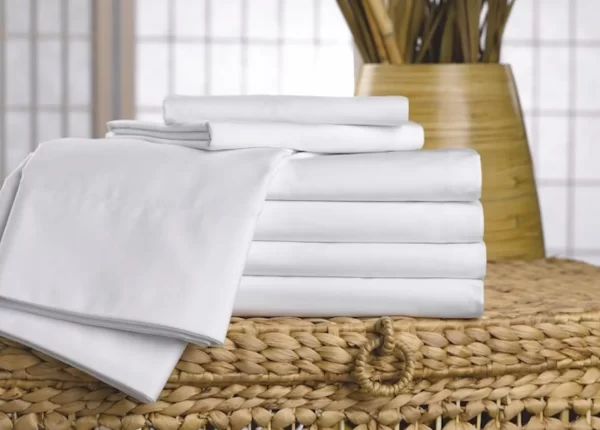Have you ever found yourself overwhelmed by the countless options when sele...
Details count when it comes to outfitting your hospitality business. The co...
In the highly competitive hospitality industry, providing guests with an ex...
When it comes to creating a memorable hotel experience, one of the most cri...
 Pakistan
Pakistan Germany
Germany



